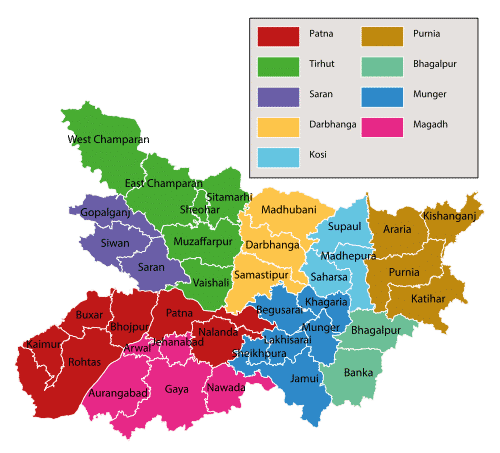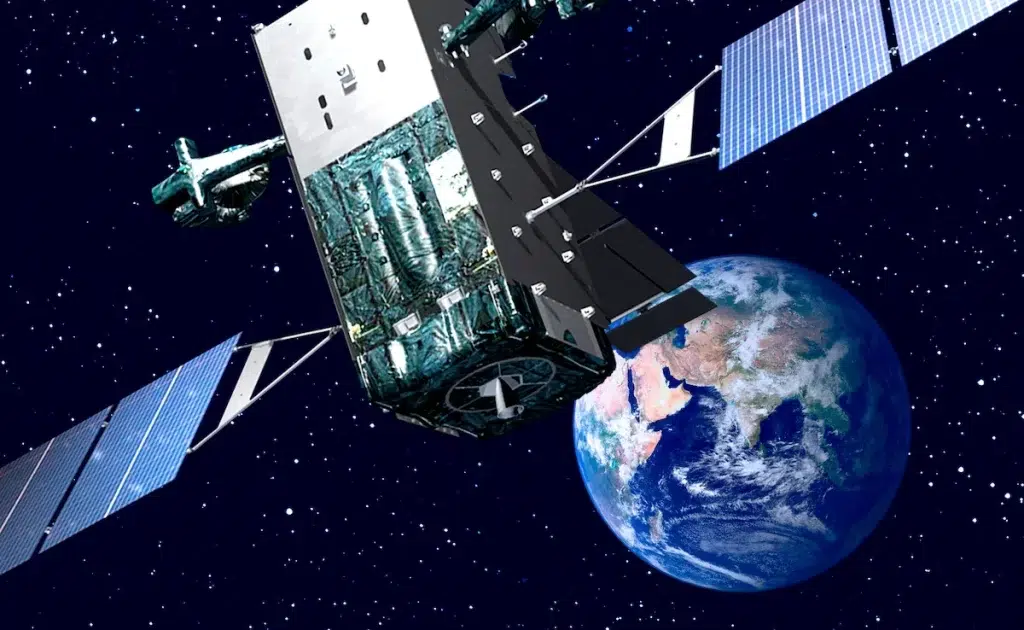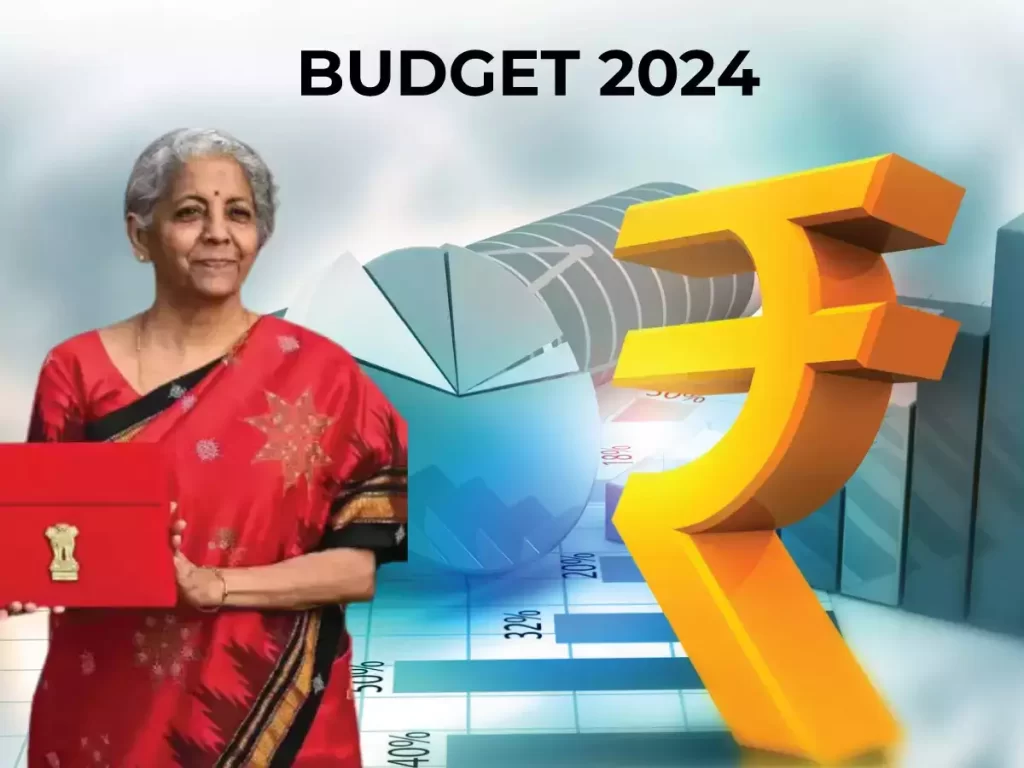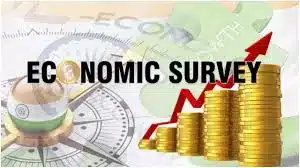The Regional Comprehensive Economic Partnership (RCEP) is a free trade agreement between the 15 Asia-Pacific nations (10 ASEAN members and their five FTA members): Australia, Brunei, Cambodia, China, Indonesia, Japan, Laos, Malaysia, Myanmar, New Zealand, Philippines, Singapore, South Korea, Thailand, and Vietnam.
Important facts about RCEP :
- Introduced in : The Regional Comprehensive Economic Partnership was introduced during the 19th Asean meet held in November 2011. The RCEP negotiations were kick-started during the 21st Asean Summit in Cambodia in November 2012
- Deal signed on : 15th November 2020.
- Host : Hanoi, Vietnam.
- Aim : To trade in Goods, Services & Intellectual Property
- India had been a part of negotiations for almost nine years till it pulled out in November 2019, stating that inadequate safeguards and lowering of customs duties will adversely impact its manufacturing, agriculture and dairy sectors.
- China’s role in RCEP : RCEP was pushed by Beijing in 2012 in order to counter another FTA that was in the works at the time: The Trans-Pacific Partnership (TPP). The US-led TPP excluded China. However, in 2016 US President Donald Trump withdrew his country from the TPP. Since then, the RCEP has become a major tool for China to counter the US efforts to prevent trade with Beijing
India and RCEP
- India has dropped out of the RCEP in November 2019 in ASEAN+3 summit, because of the following reasons:
- Widening Trade Deficit: India’s trade deficit with the ASEAN, Korea and Japan has widened post-FTAs.
- Tariff elimination due to RCEP could worsen the trade deficit, at $105.2 billion in 2018-19.
- The RCEP proposes that 92% of India’s goods would be tariff-free over the next 15 years. India have to slash existing tariffs on up to 90% of all goods.
- Since import duties are also a source of revenue for India, it could experience a disproportionate loss of customs revenue.
- India’s trade deficit with China is at $53 billion, further reduction or removal of customs tariffs will lead to an influx of cheaper products from China.
- Sensitive List: Most of the RCEP countries have very high tariffs on certain products sensitive to them, such as rice, footwear, dairy products and honey, which they can continue to shield through the sensitive lists.
- The objections raised by India:
- Base Year for Tariffs: The RCEP will result in reduction of tariffs in all member countries. Since negotiations began in 2013, the pact has proposed that the base year for reducing tariffs will be 2013. However, India wanted to change the base year applied to reduce tariffs to 2019.
- India has raised customs duties on many products since 2014.
- India has increased tariffs on sectors such as textiles, auto components and electronic items on average from 13% to 17%.
- Auto-Trigger Mechanism: The auto-trigger mechanism is used when there is a sudden surge in imports.
- It will allow to decide which products it does not want to offer the same concessions to.
- Ratchet Obligations: India wants exemptions on ratchet obligations.
- A ratchet mechanism means that if a country signs a trade agreement with another country and removes or reduces tariffs and quotas. It cannot go back on them and bring in more restrictive measures.
- Data Localisation: As part of the RCEP, India wants all countries to have the rights to protect data.
- The countries may prevent the transfer of information across borders.
- Services Sector: India has demanded that the ASEAN countries should open up their services sector so that Indian professionals and workers can have easier entry into their market.
- However, ASEAN countries are very sensitive about protecting this sector and have not offered much liberalisation even within the bloc to each-other.
- Rules of Origin: India wants strict rules of origin to prevent Chinese goods from flooding the country through member countries that may have lower or no duty levels.
- Chinese garments are making their way into India through the duty-free route under the South Asia Free Trade Pact and the Duty-Free Quota-Free window from Bangladesh.
- Base Year for Tariffs: The RCEP will result in reduction of tariffs in all member countries. Since negotiations began in 2013, the pact has proposed that the base year for reducing tariffs will be 2013. However, India wanted to change the base year applied to reduce tariffs to 2019.
- The sectors that have shown resistance to the agreement are:
- Dairy: Dairy is vital to India, given the place milk and other derivatives hold in Indian households.
- New Zealand is an exporter of dairy products and will be eyeing India primarily to sell milk powder and fat products. India, one of the largest consumers of milk and milk products, has so far been self-sustainable and has sometimes produced a surplus. The entry of New Zealand could change the scenario.
- Nearly, 93.4% of New Zealand’s milk powder, 94.5% of its butter, and 83.6% of its cheese production got exported in 2018. India’s export of milk products does not match up.
- It could lead to 50 million rural people losing their jobs, which will push up the need for importing.
- Automobile: RCEP could allow a “back-door entry route” for automobile parts from China.
- Textile: The free import of polyester fabrics from China, Vietnam, Bangladesh and other countries, which could lead to cheaper textiles, affecting an already-hit sector.
- India’s trade deficit with China in the textiles and clothing sector is likely to be widened that could be detrimental for its domestic textile manufacturers.
- Steel: The steel industry also has concerns regarding China, that excessive imports could harm the domestic market.
- It will damage India’s export competitiveness since the trade balance in the country is already skewed to a greater extent.
- Agriculture: An apex body of planters of tea, coffee, rubber, cardamom and pepper said that RCEP would make things worse for the sector, which is already experiencing a downturn.
- The products will be under intense competition and imports into the country will likely increase over time.
- Dairy: Dairy is vital to India, given the place milk and other derivatives hold in Indian households.
How could India have gained from signing the RCEP?
A section of Indian industry felt that being part of RCEP would have allowed the country to tap into a huge market. Some like pharmaceuticals, cotton yarn and the services industry were confident of making substantial gains.
Way Forward
- Strengthen Existing Agreements: The trade and investment agreements with ASEAN, Japan and Korea, as well as its bilateral arrangements with Malaysia and Singapore must be strengthened.
- Marketing Products: The marketing of Indian products to existing favourable markets, as well as other countries where India has a low export presence.
- The Indian industry, which has a business in these markets, can benefit from targeted promotional strategies given that Indian products are competitive and favoured there.
- Export Diversification: Increasing the exports in Africa, a rapidly growing continent which enjoys almost 9% of the export share, as well as Latin America, currently at a low 3%.
- West Asia has also been an expanding market where India enjoys synergies.
- The export strategy for India requires a two-pronged approach, focussing on both enhancing domestic competitiveness and undertaking targeted promotional activities.
- Deeper Economic Reforms: Must be initiated particularly in factor markets of land, labour and capital.
- It will provide the much-needed impetus to overall manufacturing investments.
- For domestic manufacturing, lowering costs of doing business, building the right infrastructure, ensuring faster and more efficient trade facilitation at the borders, etc.
- Targeted Export Promotion: Provide information on markets to their manufacturers and exporters, especially small enterprises, and assisting them with marketing efforts.
- Create dedicated agencies and establish offices overseas equipped with professional marketing expertise that will undertake export promotion and to link buyers with Indian exporters in major markets across the world.
- External Integration Strategy: The country needs to keep its interests on the table.
- The road to further expansion of its exports to RCEP member nations is very much still open, given that India already has trade and investment agreements with 12 of them.
- Utilising existing agreements better while proactively exploring new opportunities in other geographies will diversify both our markets as well as our export basket.
Reasons for India’s Withdrawal
- Unfavourable Balance of Trade: Though trade has increased the post-Free Trade Agreement with South Korea, ASEAN countries and Japan, imports have risen faster than exports from India.
- According to a paper published by NITI Aayog, India has a bilateral trade deficit with most of the member countries of RCEP.
- Chinese Angle: India has already signed FTA with all the countries of RCEP except China. Trade data suggests that India’s deficit with China, with which it does not have a trade pact, is higher than that of the remaining RCEP constituents put together.
- This trade deficit is the primary concern for India, as after signing RCEP cheaper products from China would have flooded the Indian market.
- Further, from a geopolitical perspective, RCEP is China-led or is intended to expand China’s influence in Asia.
- Non-acceptance of Auto-trigger Mechanism: To deal with the imminent rise in imports, India had been seeking an auto-trigger mechanism.
- Auto-trigger Mechanism would have allowed India to raise tariffs on products in instances where imports cross a certain threshold.
- However, other countries in the RCEP were against this proposal.
- Protection of Domestic Industry: India had also reportedly expressed apprehensions on lowering and eliminating tariffs on several products like dairy, steel etc.
- For instance, the dairy industry is expected to face stiff competition from Australia and New Zealand.
- Currently, India’s average bound tariff for dairy products is on average 35%.
- The RCEP binds countries to reduce that current level of tariffs to zero within the next 15 years.
- Lack of Consensus on Rules of Origin: India was concerned about a “possible circumvention” of rules of origin.
- Rules of origin are the criteria used to determine the national source of a product.
- Current provisions in the deal reportedly do not prevent countries from routing, through other countries, products on which India would maintain higher tariffs.
Reasons For India to Review
- Global Economic Stagnation due to Covid-19: With global trade and the economy facing a steep decline due to Covid-19 pandemic, RCEP can serve as a bulwark in containing the free fall of the global economy and re-energising economic activity.
- Further, the RCEP presents a unique opportunity to support India’s economic recovery, inclusive development and job creation even as it helps strengthen regional supply chains.
- Need For Economic Realism: India should deter seeing RCEP only from the Chinese perspective.
- India should acknowledge that the trade bloc represents 30% of the global economy and world population, touching over 2.2 billion people, and staying out of RCEP may result in suboptimal economic growth without leveraging Asia-Pacific demand.
- In this regard, India can draw inspiration from Japan & Australia, as they chose to bury their geopolitical differences with China to prioritise what they collectively see as a mutually beneficial trading compact.
- Strategic Need: It is not just because gains from trade are significant, but the RCEP’s membership is a prerequisite to having a say in shaping RCEP’s rules.
- This is necessary to safeguard India’s interests and the interests of several countries that are too small to stand up to the largest member, China.
- Moreover, staying out of RCEP may also affect India’s Act East policy.
Conclusion
Acknowledging India’s economic heft and value as a market, the RCEP members have left the door open for India for inviting it to be an observer member and also waived a critical 18-month cooling period for interested applicants.
Given the global economic scenario in present times and the near future, it would be in India’s interest to dispassionately review its position on RCEP and carry out structural reforms that will help India to mitigate some of the repercussions arising from the RCEP.
Also refer:
- Download the pdf of top 50 Science Questions From Previous Year UPSC Prelims
- Free General Studies Notes
- For crux of the economic survey, click here.
- For information about Development Finance Institutions, click here.








